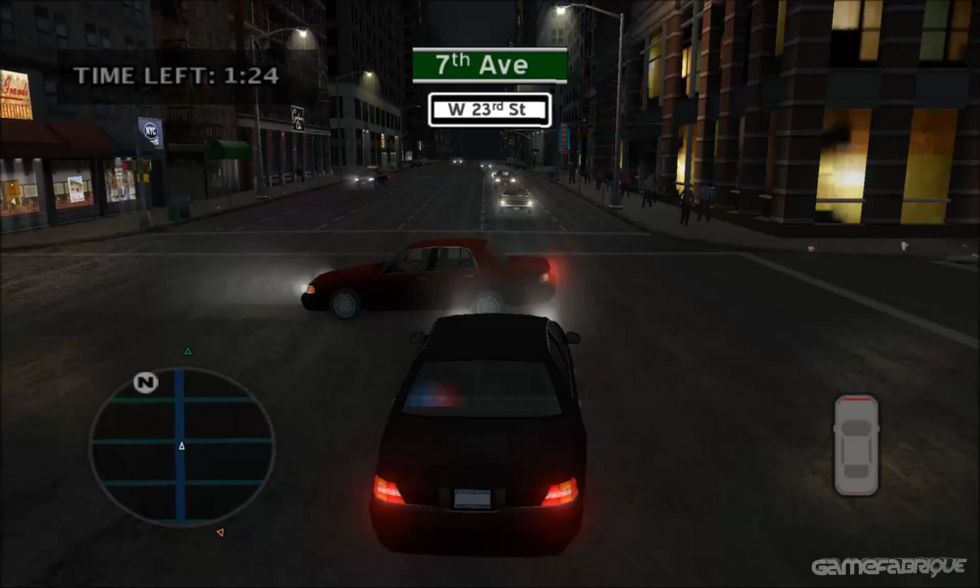

Cleaning up vacant lots was one of the most effective treatment strategies.

Public housing buildings with greater amounts of vegetation had 52% fewer total crimes, 48% fewer property crimes, and 56% fewer violent crimes than buildings with low amounts of vegetation.Public housing residents with nearby trees and natural landscapes reported 25% fewer acts of domestic aggression and violence.Among minor crimes, there is less graffiti, vandalism, and littering in outdoor spaces with natural landscapes than in comparable plant-less spaces.There are, on average, about 3,800 crime victims per 100,000 population in the U.S.

The science findings are not conclusive and may even seem inconsistent or conflicting, yet certain patterns and relationships appear across several studies. This briefing summarizes the research findings on the relationship between urban vegetation and crimes, aggressive behavior, and safety. Yet in urban settings the presence of vegetation is often implicated as a screen for criminal activity. On one hand, experiences in natural settings are believed to promote healing and renewal. There are conflicting public attitudes about city trees and vegetation.


 0 kommentar(er)
0 kommentar(er)
